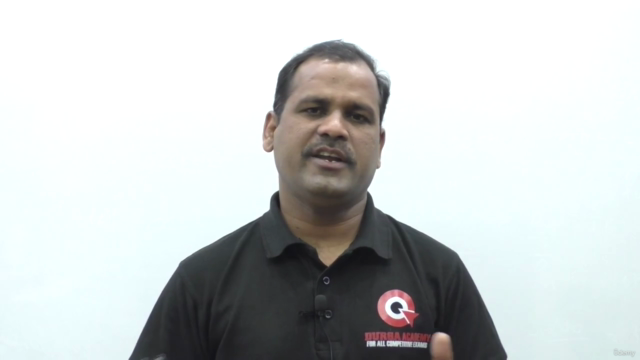Signals and Systems from Basics to Advance Level

Why take this course?
-
Introduction to Fourier Transforms & Dirichlet Conditions: The Fourier Transform (FT) is a mathematical transform used to analyze the frequencies contained within a signal (a function of time or space). It decomposes a signal into its constituent frequencies and their amplitudes. Dirichlet conditions are necessary for the existence of the Fourier Transform of a continuous-time function, ensuring the function is absolutely integrable over the entire real line.
-
Fourier Transform of Unit Impulse Function and One-sided Exponential: The FT of an impulse function (delta function) results in another delta function in the frequency domain with magnitude 1. For a one-sided exponential function ( e^{at} ) for ( t \geq 0 ), its Fourier Transform is a complex exponential ( e^{-j\omega t_0} ) where ( t_0 ) is an arbitrary constant and ( \omega = a ).
-
Fourier Transform of Triangular Signal: The FT of a triangular signal, which is a piecewise linear function that forms a triangle over two intervals, can be found by integrating the product of the signal and a complex exponential (in the sense of multiplication in the time domain equivalent to convolution in the frequency domain).
-
Fourier Transform of Sawtooth Signal: Similar to the triangular signal, the Fourier Transform of a sawtooth signal is also periodic, with spikes at frequencies that match the frequency content of the sawtooth waveform.
-
Fourier Transform of Rectangular Signal: The FT of a rectangular signal (which is 1 for ( |t| \leq T/2 ) and 0 otherwise) results in a sinc function in the frequency domain, which represents the spectrum of a pulse with duration ( T ).
-
Fourier Transform of Sinusoidal Signals: The FT of a sinusoidal signal ( A\sin(\omega t + \phi) ) results in two spikes (or delta functions) in the frequency domain at ( \pm \omega ), each with magnitude ( |A|/2 ).
-
Fourier Transform of Signals with Symmetry: Signals with even symmetry (like a cosine) have a real FT, while those with odd symmetry (like a sine) have an imaginary FT.
-
Inverse Fourier Transform: To reconstruct the original signal from its Fourier Transform, one uses the Inverse Fourier Transform. This is similar to performing integration to go from the frequency domain back to the time domain.
-
Fourier Series vs. Fourier Transform: The Fourier series is used for periodic signals, while the Fourier transform is used for non-periodic (absolutely integrable) signals.
-
Application of Fourier Transform in Signal Analysis and Modulation: The FT is fundamental in understanding communication systems, signal processing, and modulation techniques where the frequency content of signals is crucial.
-
Fourier Transform Properties: Linearity, time shifting, frequency scaling, modulation, convolution, differentiation in the time domain (multiplication by ( j\omega ) in the frequency domain), integration in the time domain (multiplication by ( -j/\omega ) in the frequency domain), and composition are some of the key properties that allow the FT to be a powerful tool for signal analysis.
-
Fast Fourier Transform (FFT): The FFT is an algorithm for computing the Discrete Fourier Transform (DFT) and its inverse, which significantly reduces the computational complexity from ( O(N^2) ) to ( O(N\log N) ), making it feasible to process long signals.
-
Fourier Transform of Signals with Discontinuities: For signals with discontinuities, the Fourier Transform exists only at discrete frequencies (as a result of the impulsive nature of the derivative of such signals).
-
Real and Complex Fourier Transforms: The real FT corresponds to the even part of the signal, while the complex FT includes both the even and odd parts and is generally used for non-real or non-even signals.
-
Applications of Fourier Transform in Various Fields: It is used in engineering, physics, control systems, audio processing, image processing, statistics, quantum mechanics, etc.
-
Fourier Transform of Signals with Impulse Components: The presence of impulses in a signal can greatly affect its Fourier Transform, often resulting in delta functions or spikes at certain frequencies.
-
Two-dimensional Fourier Transform (2D FT): For 2D signals, such as images, the 2D FT is used, which decomposes the image into its frequency components along both axes (horizontal and vertical).
-
3D Fourier Transform: Similarly, for 3D signals or volumes of data, the 3D FT is applied, decomposing the data into three-dimensional frequencies.
Please note that this is a high-level overview of concepts related to Fourier Transforms and their applications in various fields. Each point can be expanded with detailed mathematical formulations and examples for a deeper understanding.
Course Gallery




Loading charts...